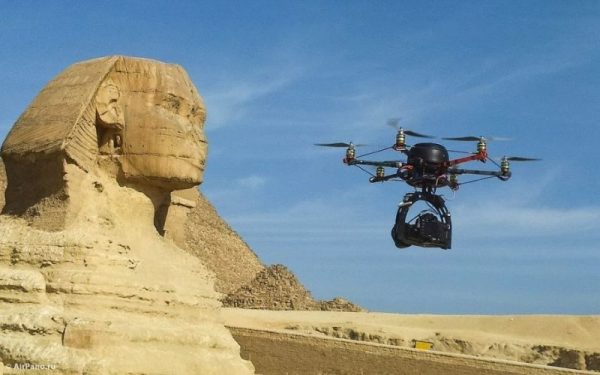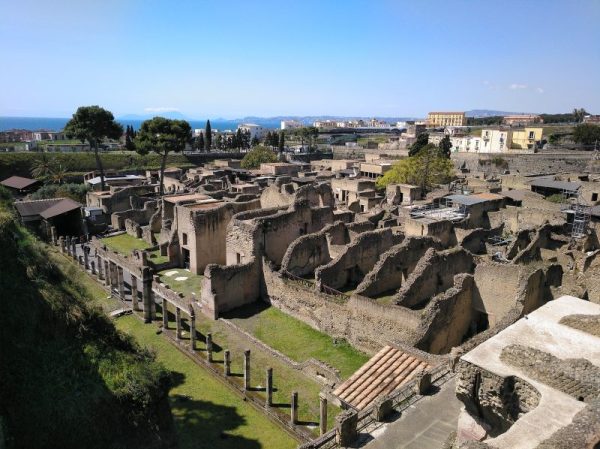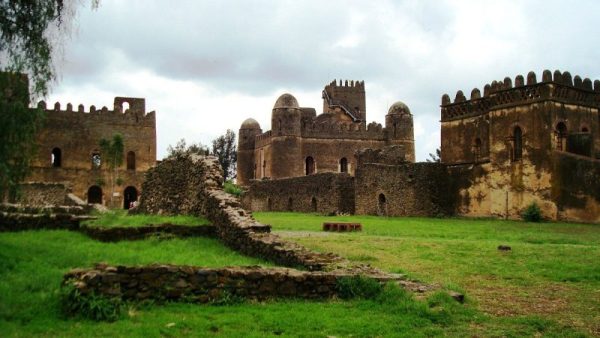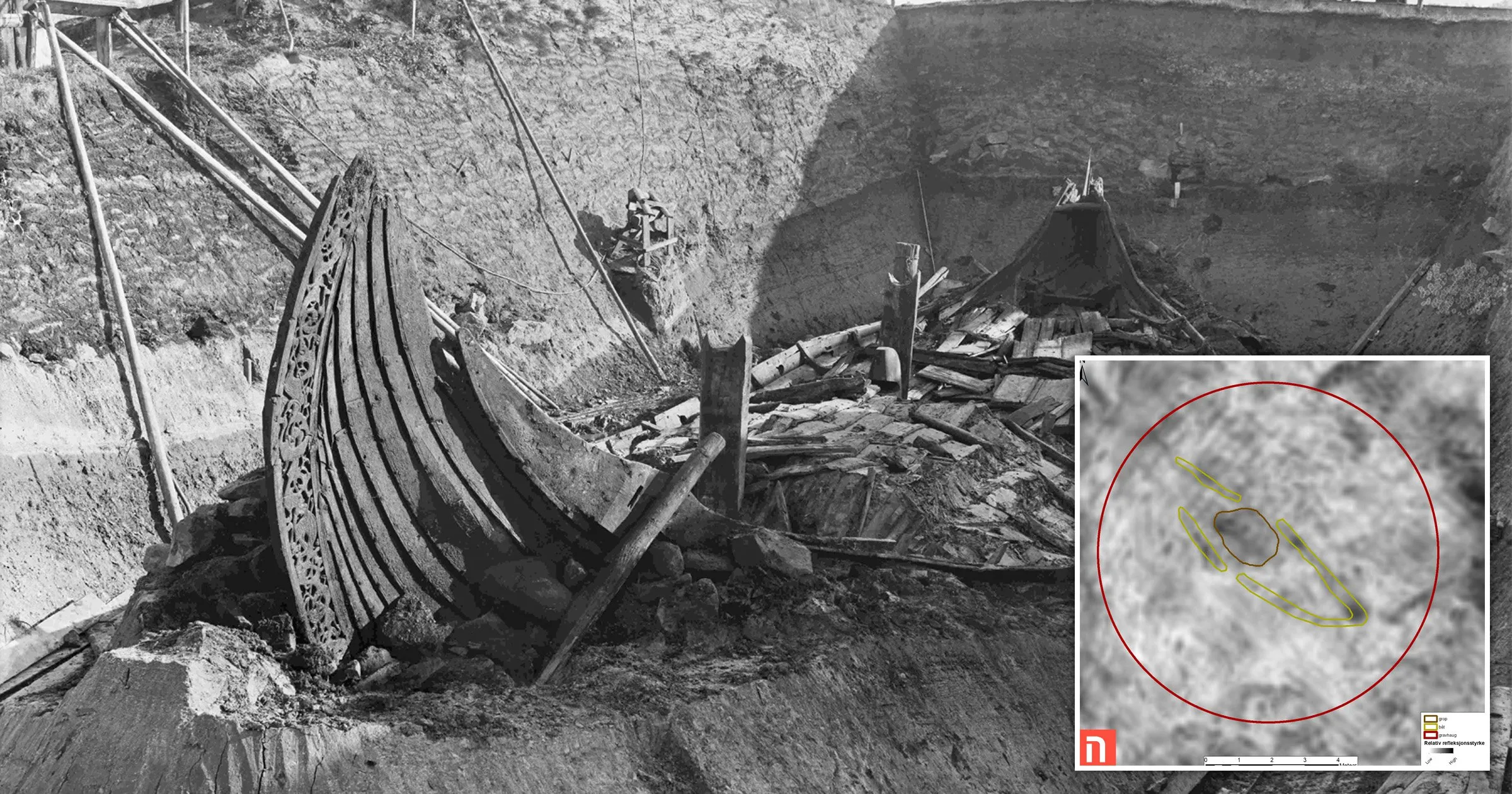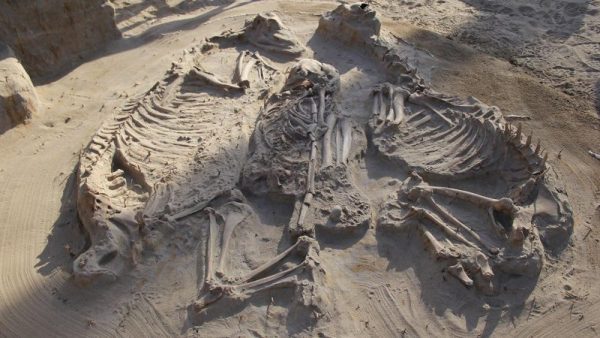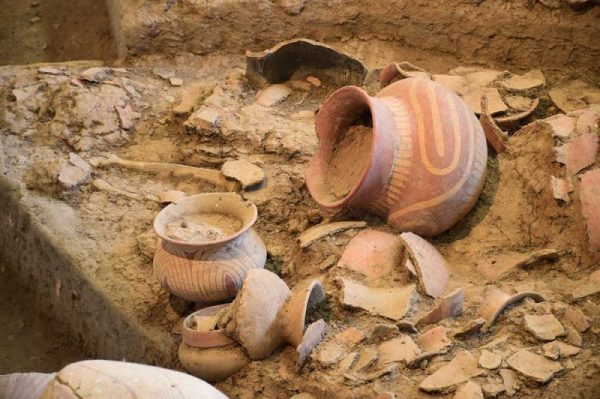In the realm of ancient mysteries, few enigmas have captured the world’s imagination like the Mayan calendar. Its intricate symbols, cyclical patterns, and apocalyptic predictions have beckoned explorers, scholars, and enthusiasts alike. Yet, beyond the sensationalism that surrounded the supposed doomsday prophesies in 2012, there exists a profound and complex cultural artifact that unveils the wisdom and worldview of an ancient civilization. Embark on a journey through time as we delve into the captivating realm of the Mayan calendar.
The Ancient Mayan Civilization
Understanding the profound significance of the Mayan calendar indeed requires us to recognize the remarkable Mayan civilization itself. Flourishing amidst the lush landscapes of Mesoamerica, the Maya crafted an enduring legacy that continues to inspire awe. Renowned for their remarkable accomplishments in astronomy, mathematics, architecture, and art, the Maya stand as a testament to one of the world’s most intellectually and culturally rich societies in history.
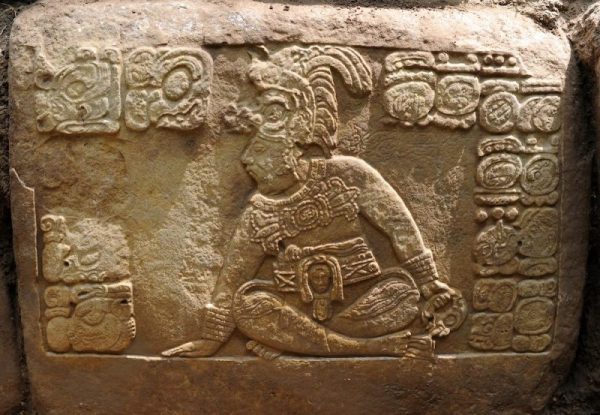
Their contributions to the wealth of human knowledge, coupled with their intricate grasp of the cosmos, provided the foundational framework upon which the Mayan calendar was meticulously constructed. In essence, the Mayan calendar is a reflection of the Maya’s unparalleled intellectual and cultural achievements, an enduring testament to their profound understanding of time and the universe.
A Marvel of Timekeeping
The Mayan calendar system is a testament to the Maya’s profound understanding of time. It is a complex interplay of various calendars, with two primary cycles at its core: the Tzolk’in and the Haab’. The Tzolk’in, often referred to as the sacred calendar, encompasses 260 days and served as a vital tool for divination and religious ceremonies. On the other hand, the Haab’, known as the solar calendar, consists of 365 days and played a crucial role in regulating agricultural activities. Together, these calendars intricately wove into the daily fabric of Mayan life, influencing everything from planting crops to scheduling important rituals.
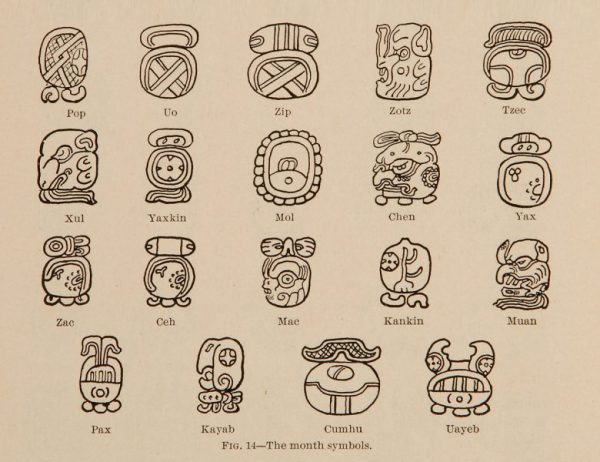
Yet, one of the most enduring aspects of the Mayan calendar system is the Long Count calendar, capable of measuring vast periods of time. This Long Count system gained widespread attention for its involvement in the modern era’s Apocalypse predictions, captivating the world’s imagination.
Mayan Apocalypse Predictions
The Mayan calendar’s alleged prophecy of the apocalypse in 2012 is a tale of misinterpretation and cultural fascination. While this date marked the end of a significant cycle in the Long Count calendar, it was misconstrued as heralding global catastrophe. We delve into the origins of this misconception, tracing it to popular culture and a misreading of Mayan inscriptions. In reality, the Mayan calendar’s “endings” held a different significance, one rooted in their understanding of cyclical time and cosmic renewal.
The True Purpose of the Mayan Calendar
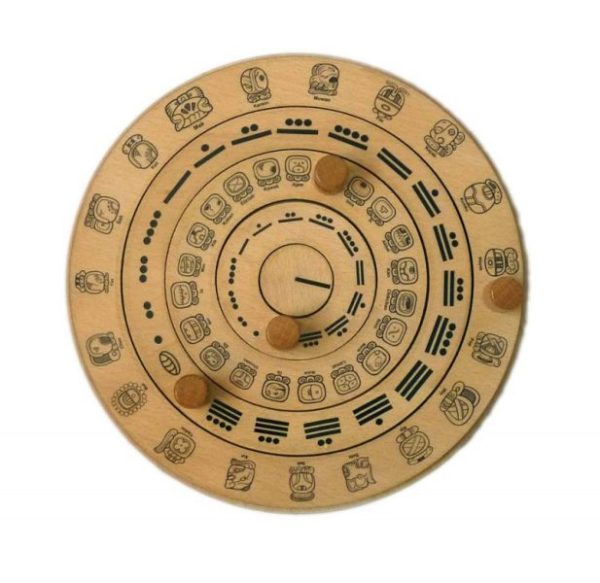
To truly discern the authentic purpose of the Mayan calendar, we must transcend the sensationalized tales that often surround it. For the Maya, time was not just a mundane concept but a sacred and cyclical force intricately linked to the cosmos. Their calendars served as invaluable instruments for monitoring celestial events, forecasting astronomical occurrences, regulating agricultural cycles, and meticulously choreographing religious ceremonies. The Maya’s profound comprehension of time empowered them to synchronize their existence with the intricate rhythms of the natural world, reinforcing their deep connection to the cosmos.
Mayan Calendar Endings and New Beginnings
In Mayan cosmology, the conclusion of a calendar cycle did not herald cataclysm but rather an opportunity for introspection and rejuvenation. The Mayans embraced the concept of cyclical time, wherein each ending marked the dawn of a new era. These transitions were commemorated through elaborate rituals, symbolizing rebirth and the eternal cycles of existence. This perspective stands in stark contrast to the apocalyptic interpretations that have sometimes overshadowed the true essence of the Mayan calendar. It reveals a civilization that revered the continuity of life and the perpetuity of the cosmos, inviting us to appreciate the profound wisdom embedded in their ancient traditions.
Modern Interpretations and Cultural Resonance
The allure of the Mayan calendar continues to captivate modern times, leaving an indelible mark on various aspects of our contemporary world. It has significantly influenced New Age spirituality, esoteric symbolism, and contemporary art. Its enduring impact lies in its role as a symbol of cosmic interconnectedness and transformation.
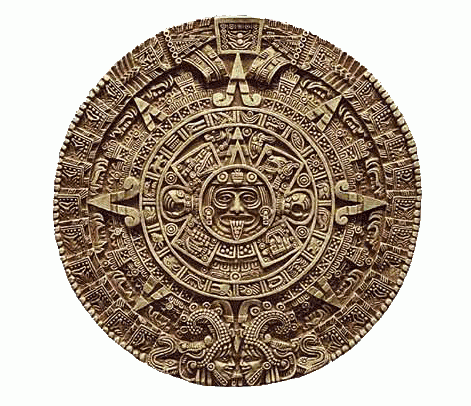
While the calendar’s once-feared predictions of doom have faded into the annals of history, its ability to inspire awe and wonder remains undiminished. The Mayan calendar serves as a reminder of the profound connection between humanity and the universe, inviting us to contemplate the mysteries of time and existence. In the realms of spirituality, symbolism, and artistic expression, the Mayan calendar endures as a powerful testament to the enduring fascination with ancient wisdom and the enduring quest to understand our place in the grand tapestry of the cosmos.
Mayan Calendar Today
In the contemporary era, Mayan calendars continue to captivate the attention of researchers, archaeologists, and enthusiasts alike. Ongoing efforts are dedicated to decoding the intricate Mayan inscriptions, aiming to unlock the profound wisdom encoded within them. These inscriptions offer valuable insights into the Mayan civilization’s understanding of time, the cosmos, and their rich cultural heritage.
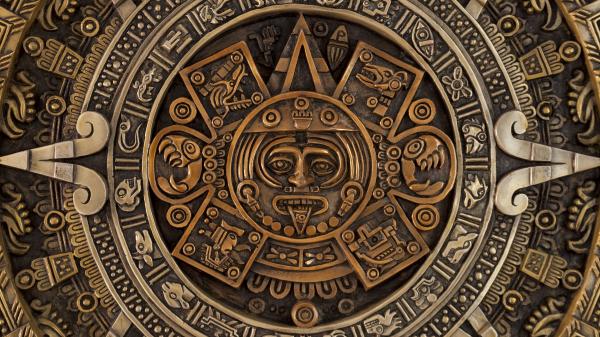
Museums and cultural institutions worldwide play a pivotal role in preserving and showcasing Mayan calendar artifacts. These institutions invite visitors to connect with the ancient Maya’s profound insights, fostering a deeper appreciation for their intricate calendar systems and the way they harmonized their lives with the rhythms of the natural world. The enduring fascination with Mayan calendars underscores their enduring legacy and the timeless relevance of their intricate understanding of time and the universe.
Conclusion
As we conclude our journey through the mysteries of the Mayan calendar, we are left with a profound sense of wonder and enlightenment. The keyword “Mayan Calendar” has guided us through a labyrinth of history, culture, and cosmic understanding. In recognizing the enduring fascination with the Mayan calendar, we pay tribute to the Maya’s wisdom and the rich heritage they left behind. Beyond the apocalyptic predictions lies a world of cyclical time, cosmic harmony, and the enduring legacy of an ancient civilization. We invite you to join us in exploring the captivating realm of the Mayan calendar, where time is not a harbinger of doom but a cosmic dance of renewal and transformation.
